 Image 1 of 1
Image 1 of 1


Psychoaerobics
An Experiential Method of Empower Therapist Excellence
by Jeffrey Zeig
Type: eBook
Format: .epub
Welcome to the worlds of conceptual communication and experiential learning, the last line in the Preface of this book, prepares readers for the Psychoaerobics Exercises. The exercises are designed to elicit in therapists generative states, from which both therapist and client can benefit. Composed of four sections -- Fundamental Perspectives, Warm-up Exercises, Psychoaerobic Exercises, and Concluding Remarks -- this book begins with a discussion on conceptual realization; Zeig proposes that therapists should approach therapy as artists, not as scientists. Facts inform; art impacts, he writes, explaining that the situation of therapy is one of uncertainty and ambiguity, both of which elicit emotion. Zeig credits his mentor, Milton H. Erickson, MD, who communicated concepts experientially and minimized facts, thereby becoming one of the world's greatest communicators.
A patient's problems can be conceived located in the limbic area of the brain the emotional/social center. If they were in the prefrontal cortex, the reasoning center, they could be solved logically. States, moods, emotions and identities, Zeig points out, are not promoted through didactic methods. Rather, they are elicited experientially. Therapists are traditionally trained in a top down manner, whereby technique, theory and research predominate. Therefore, their patients are offered therapy from the top down. However, it is often the case that a patient must experience, from the bottom up, in order to come to a realization and make a change.
Zeig's goal is to retrain therapists from the bottom up, experientially. So with this in mind, he designed exercises for therapists to use so that they could have more emotional impact. He compares his therapeutic work-out with that of a gym, whereby certain stations are set up to work specific muscle groups. The 10 Warm-up Exercises and 50 Psychoaerobic Exercises are designed accordingly. Introductions precede the exercises and often there is a discussion afterward. The exercises were derived from Zeig modeling Milton Erickson and the states for which Dr. Erickson was most noted. They include: being experiential, developing acuity, orienting toward, being strategic, strengthening the goal, using multilevel communication, being attuned, creating constructive attributions, effecting utilization, tailoring, gift-wrapping, and demonstrating flexibility in roles. These domains, Zeig opines, can be the foundation for a master Ericksonian therapist.
An Experiential Method of Empower Therapist Excellence
by Jeffrey Zeig
Type: eBook
Format: .epub
Welcome to the worlds of conceptual communication and experiential learning, the last line in the Preface of this book, prepares readers for the Psychoaerobics Exercises. The exercises are designed to elicit in therapists generative states, from which both therapist and client can benefit. Composed of four sections -- Fundamental Perspectives, Warm-up Exercises, Psychoaerobic Exercises, and Concluding Remarks -- this book begins with a discussion on conceptual realization; Zeig proposes that therapists should approach therapy as artists, not as scientists. Facts inform; art impacts, he writes, explaining that the situation of therapy is one of uncertainty and ambiguity, both of which elicit emotion. Zeig credits his mentor, Milton H. Erickson, MD, who communicated concepts experientially and minimized facts, thereby becoming one of the world's greatest communicators.
A patient's problems can be conceived located in the limbic area of the brain the emotional/social center. If they were in the prefrontal cortex, the reasoning center, they could be solved logically. States, moods, emotions and identities, Zeig points out, are not promoted through didactic methods. Rather, they are elicited experientially. Therapists are traditionally trained in a top down manner, whereby technique, theory and research predominate. Therefore, their patients are offered therapy from the top down. However, it is often the case that a patient must experience, from the bottom up, in order to come to a realization and make a change.
Zeig's goal is to retrain therapists from the bottom up, experientially. So with this in mind, he designed exercises for therapists to use so that they could have more emotional impact. He compares his therapeutic work-out with that of a gym, whereby certain stations are set up to work specific muscle groups. The 10 Warm-up Exercises and 50 Psychoaerobic Exercises are designed accordingly. Introductions precede the exercises and often there is a discussion afterward. The exercises were derived from Zeig modeling Milton Erickson and the states for which Dr. Erickson was most noted. They include: being experiential, developing acuity, orienting toward, being strategic, strengthening the goal, using multilevel communication, being attuned, creating constructive attributions, effecting utilization, tailoring, gift-wrapping, and demonstrating flexibility in roles. These domains, Zeig opines, can be the foundation for a master Ericksonian therapist.








